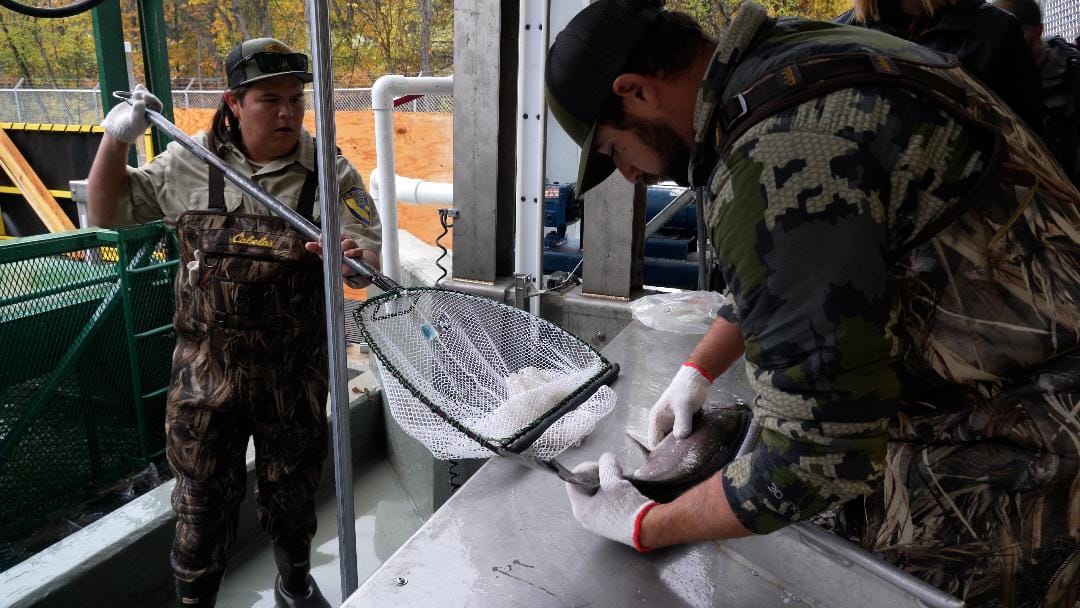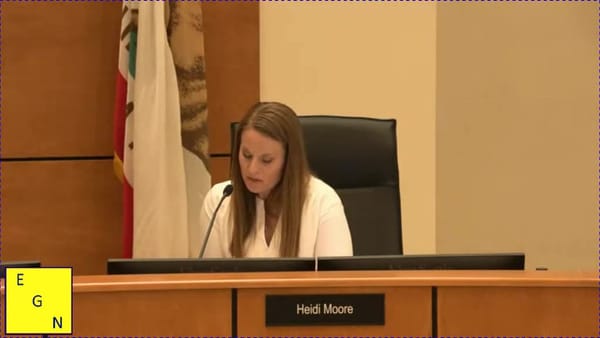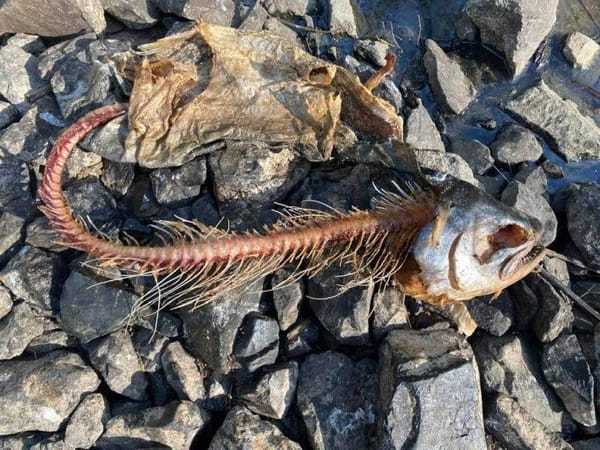Coho Salmon Return to Upper Klamath River Basin After 60-Year Absence
On Nov. 13, seven coho salmon entered CDFW’s new Fall Creek Fish Hatchery in Siskiyou County.

On Nov. 13, seven coho salmon entered CDFW’s new Fall Creek Fish Hatchery in Siskiyou County.


By Gerry Hill | Gerry Hill is a retired IT professional whose career included more than 20 years leading a team of software developers and fraud analysts who installed FWA detection software in the Medicaid systems of 20 states and the District of Columbia. | Since shortly after Medicaid was established in

Trustee Moore called the requirement controversial and said the trustees should hold a public hearing

The defendant distributed and received child sexual abuse material on the Kik Messenger app

“This project is a blatant attempt to maximize exports from the Delta for the benefit of large development and agricultural interests in Southern California and Kern County.”